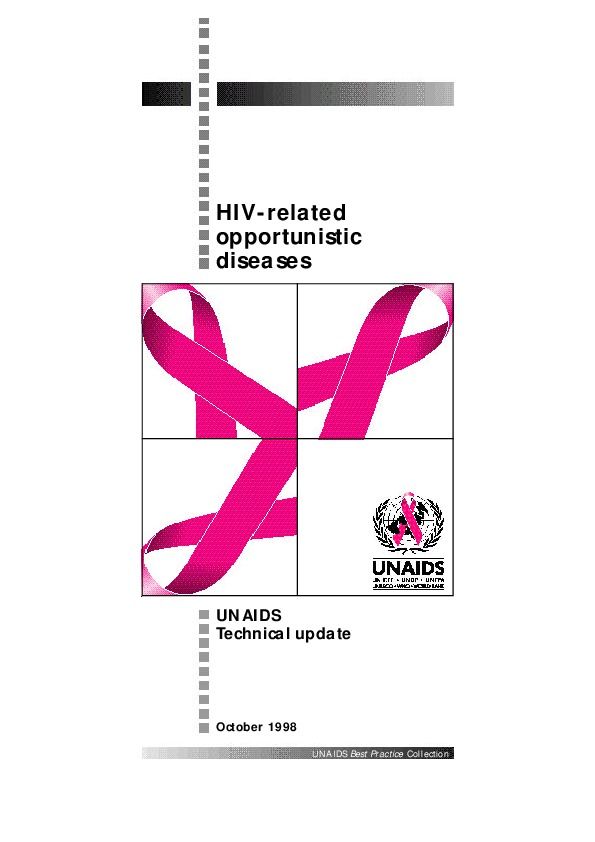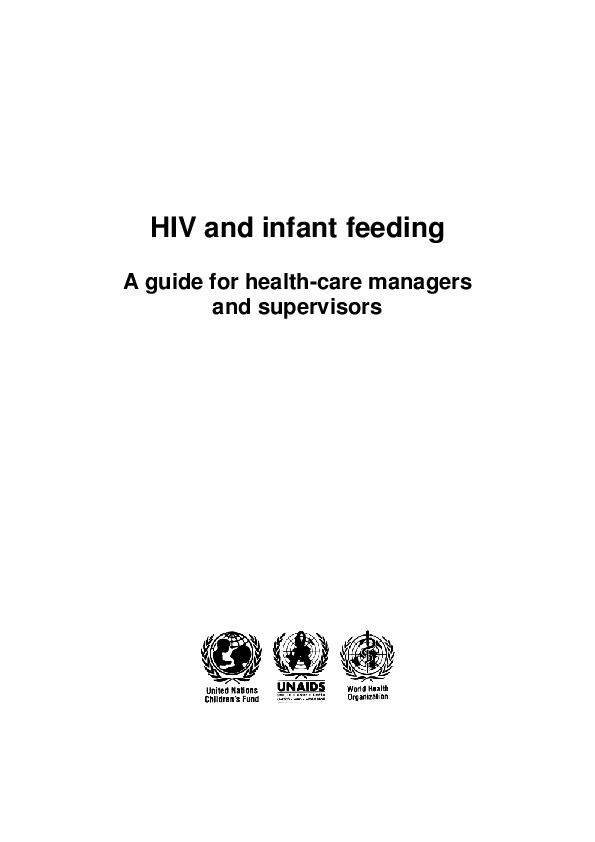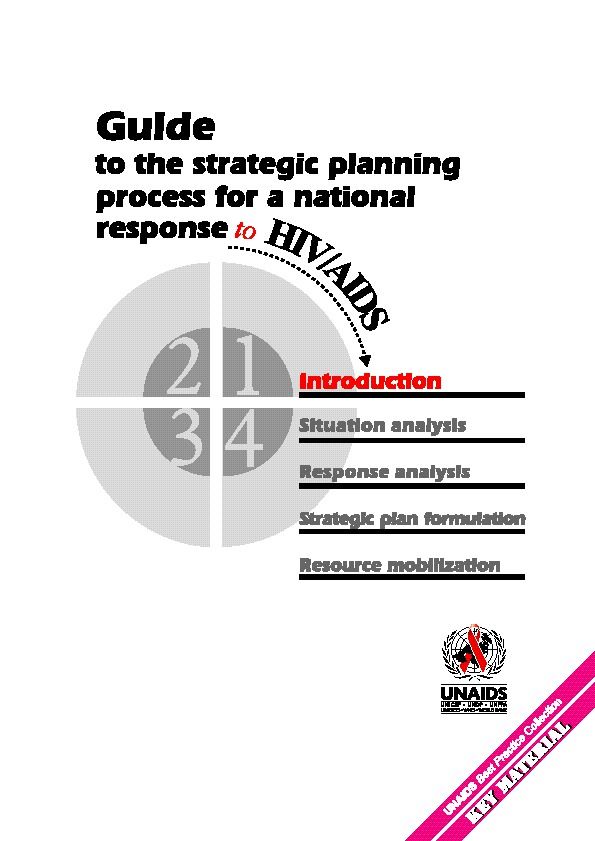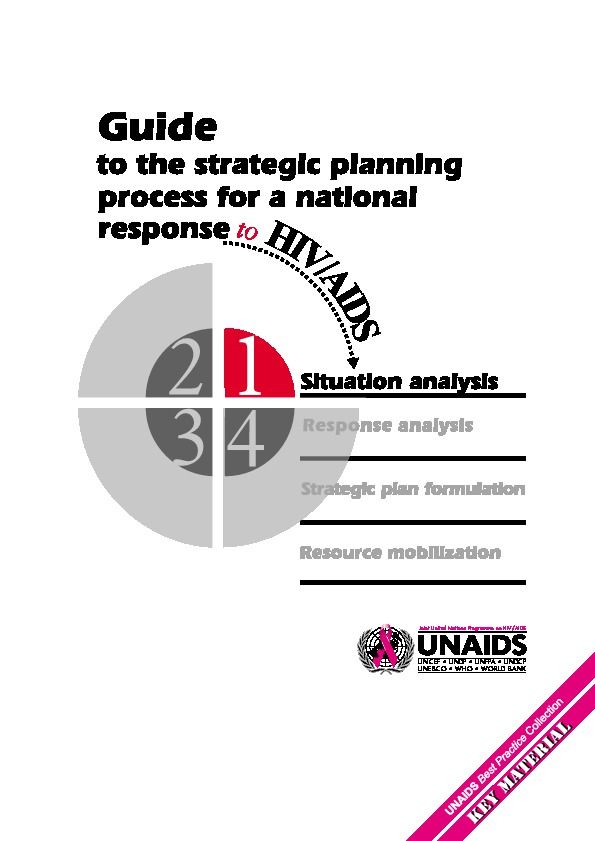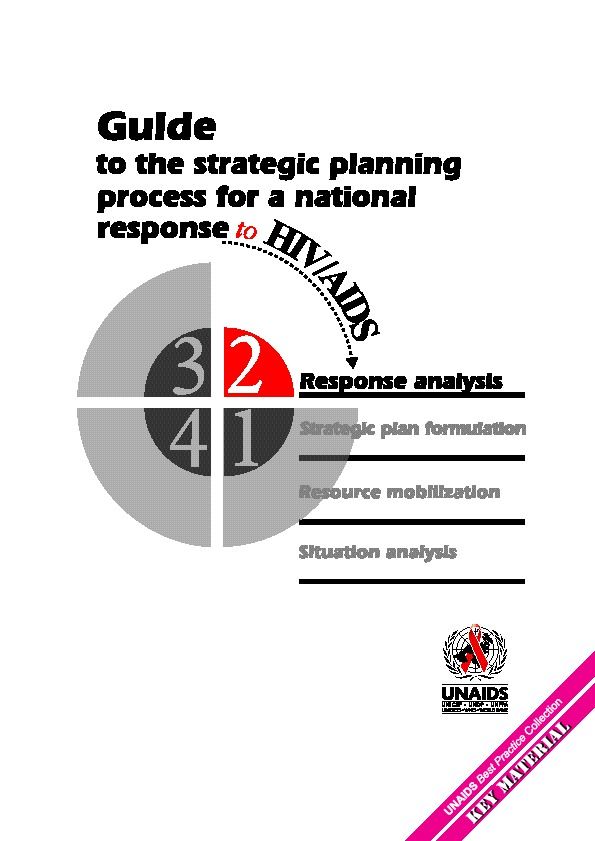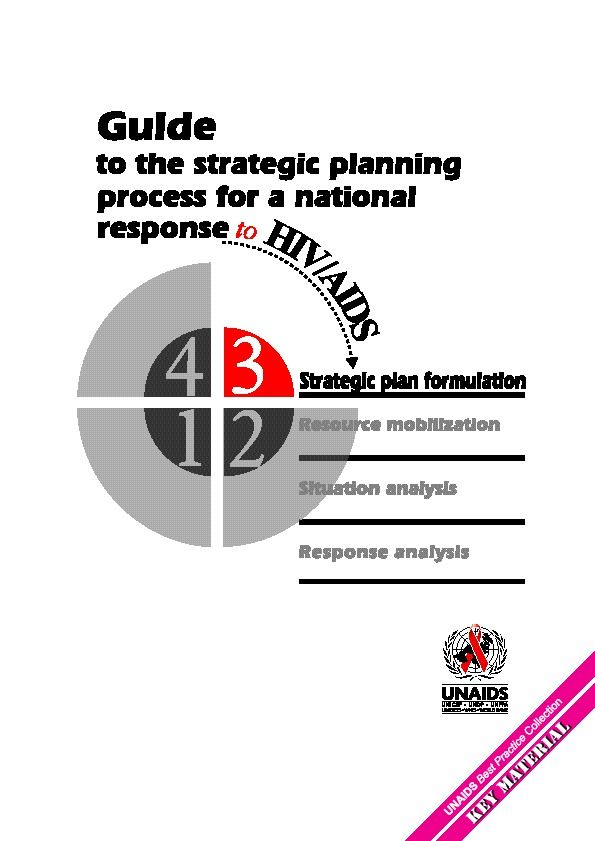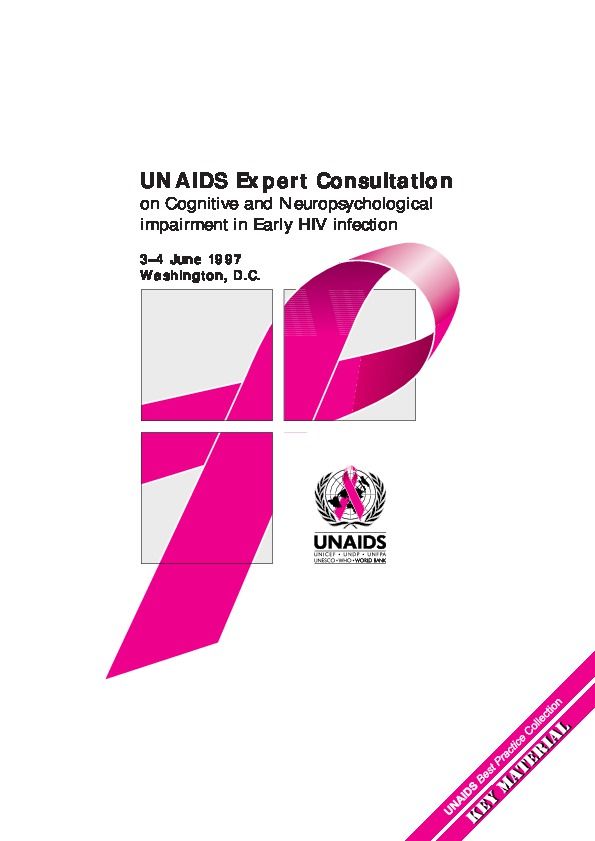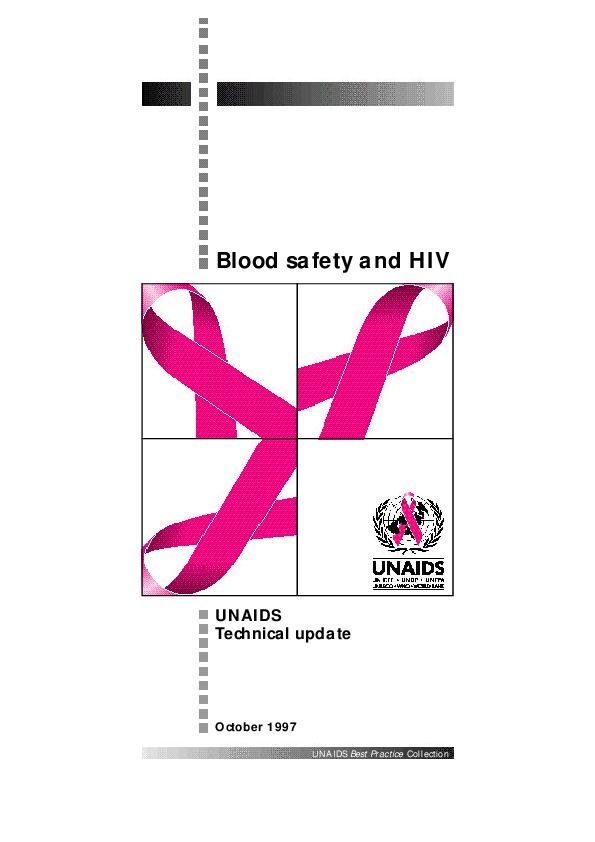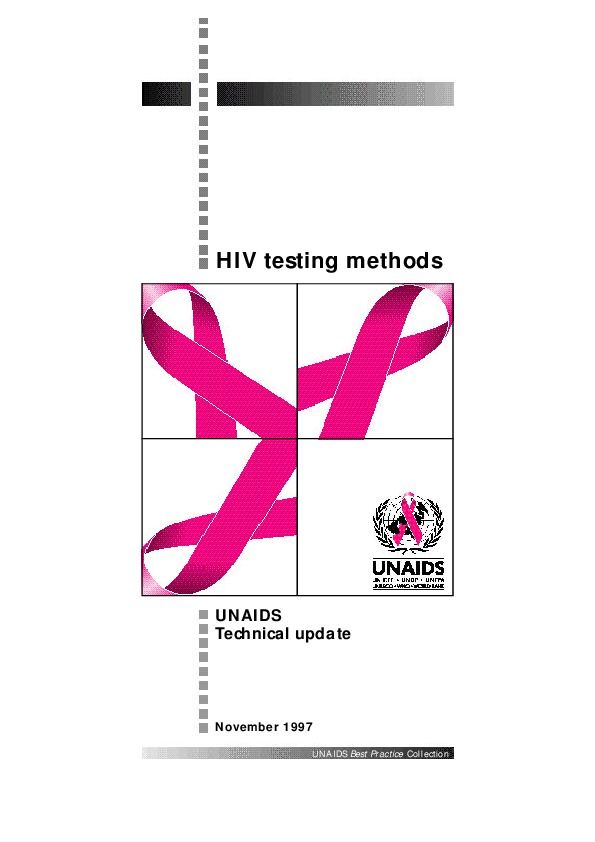Documents
HIV related Opportunistic Diseases
02 December 1998
People with advanced HIV infection are vulnerable to infections or malignancies that are called “opportunistic” because they take advantage of the opportunity offered by a weakened immune system. Various treatments and prophylaxis—some simple and low-cost, others highly complex and expensive—exist to counter the most common opportunistic diseases, but delivery systems and funding are insufficient in many parts of the world to ensure their universal use.
Documents
Guide to the strategic planning process for a national response to HIV/AIDS: Introduction
18 December 1998
Strategic planning, as developed in the present guide, defines not only the strategic framework of the national response, i.e. its fundamental principles, broad strategies, and institutional framework, but also the intermediate steps that need to be achieved in order to change the current situation into one that represents the objectives to be reached.
Documents
Guide to the strategic planning process for a national response to HIV/AIDS: module 1 - Situation Analysis
18 December 1998
A situation analysis puts the HIV epidemic in its social, economic, and cultural context in a given country. It looks at who is infected or is vulnerable to infection, and tries to explain why. It looks for explanations not just in people’s behaviour, but in the social, economic, and cultural situations which underlie that behaviour.
Documents
Guide to the stategic planning process for a national response to HIV/AIDS: module 2 - Response Analysis
18 December 1998
This module, like the others in the Guide, is intended for use by country programmes, either at a national or decentralized level. However, other agencies and organizations such as international NGOs and donor agencies may also find it useful to conduct a response analysis when planning their AIDS strategies.
Documents
Guide to the strategic planning process for a national response to HIV/AIDS: Module 3 - Strategic Plan Formulation
18 December 1998
Documents
Looking deeper into the HIV epidemic: A questionnaire for tracing sexual networks
23 December 1998
Documents
UNAIDS expert consultation on cognitive and neuropsychological impairment in early HIV infection, 3-4 June 1997, Washington, D.C.
07 January 1999
Documents
Blood Safety and HIV/AIDS
25 January 1999
Millions of lives are saved each year through blood transfusions. Various shortcomings, though, in the way blood is collected, tested (or not tested) for infections such as HIV, and transfused, mean that people in many countries have an increased risk of becoming infected with HIV andother diseases through transfusions. It is estimated that between 5% and 10% of all HIV infections worldwide have been acquired through transfusion of contaminated blood and blood products. If the proper steps are taken, such infections can be easily prevented.
Documents
HIV testing methods
27 January 1999
Since 1985, HIV testing has been essential in securing the safety of blood supplies, monitoring the progress of the epidemic and diagnosing individuals infected with the virus. Various assays are now available, allowing testing strategies to be tailored to the epidemiological conditions and budgets of national health systems. New techniques including simple tests giving instant results hold great promise, but also raise some serious issues for governments and for individuals.

